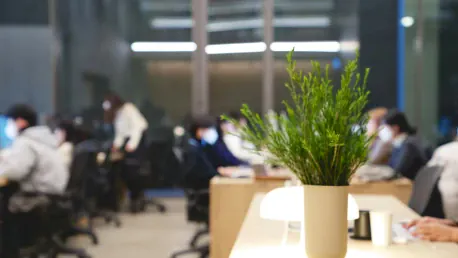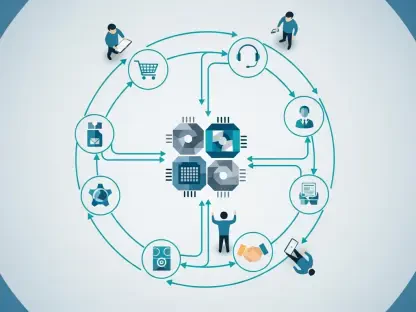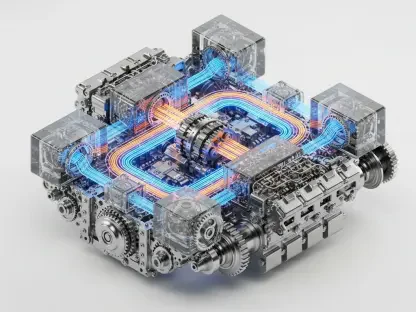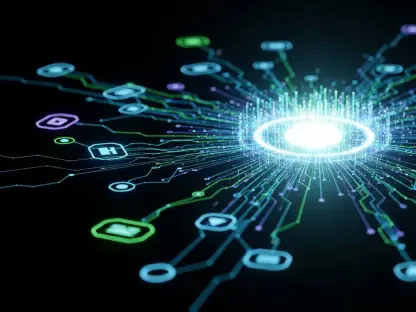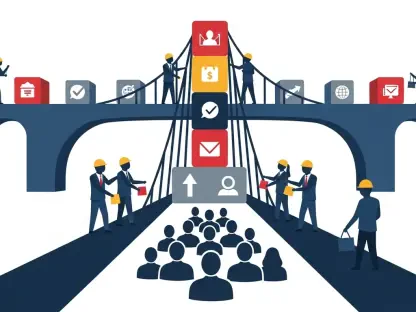The evolution of office design trends today demonstrates a dramatic shift in how workspaces are conceptualized and utilized. With changes driven by advancements in technology, the emphasis on employee well-being, and a growing commitment to sustainability, current office spaces are radically transforming. The traditional office layout is becoming increasingly outmoded, replaced by innovative and versatile design principles that reflect contemporary business practices and workforce expectations.
Integration of Natural Elements
One of the key trends shaping office design today is biophilic design. Incorporating natural elements such as plant life, natural light, and organic materials, this approach serves to enhance both the aesthetic appeal and the well-being of employees. Studies have shown that environments infused with natural elements can significantly boost employee productivity, morale, and overall mental health. By integrating nature into the workplace, companies can also demonstrate their commitment to sustainability, resonating with a growing societal emphasis on environmental responsibility. This integration aligns with efforts to create spaces that not only look inviting but also foster a healthier and more motivating atmosphere for work.
The practical benefits of biophilic design extend beyond visual aesthetics. Improved air quality, natural lighting, and green spaces contribute to a healthier work environment by reducing the exposure to artificial light and pollutants. As employees navigate their daily tasks, the presence of natural elements can offer psychological relief and create pockets of tranquility within bustling office settings. Additionally, companies that champion biophilic design enhance their brand identity by showcasing a proactive approach to sustainability and employee welfare. As these trends continue to gain momentum, businesses that adopt biophilic design are likely to see tangible improvements in productivity and employee satisfaction.
Embracing Flexible Workspace Arrangements
The rigidity of traditional, fixed-desk arrangements is being replaced by flexible workspaces. Hot-desking, collaborative spaces, and quiet zones are becoming essential features in modern offices. These dynamic environments cater to the diverse needs of the workforce, fostering productivity and creativity through adaptable work modes. Flexible workspaces allow employees to choose settings that suit their task or preference, promoting autonomy and efficiency. This shift away from static, one-size-fits-all office setups signifies a broader trend towards inclusivity and responsiveness to varied working styles.
One of the most significant advantages of flexible workspaces is the ability to support both collaborative and individual work seamlessly. Teams can gather in open, shared areas for brainstorming sessions and project meetings, while individuals can retreat to quiet zones for focused, uninterrupted work. This dual functionality addresses the diverse nature of modern work, fostering environments that are conducive to both creative collaboration and deep concentration. Furthermore, flexible workspace arrangements facilitate better space utilization, often reducing the overhead associated with maintaining extensive corporate real estate.
Smart Technology and Automation
Offices are increasingly wired with cutting-edge technology to support a smart work environment. Automated systems for lighting, heating, ventilation, and security not only improve energy efficiency but also create a more comfortable workplace. Advanced office designs employ technologies like IoT (Internet of Things) to seamlessly integrate various systems, enhancing operational efficiency and sustainability. From motion-sensor lights that reduce energy consumption to smart HVAC systems that regulate office temperature for optimal comfort, technology plays a critical role in shaping the modern workspace.
Integration of advanced technology extends to digital workstations and communal areas, equipping employees with tools that streamline daily tasks and facilitate collaboration. Interactive whiteboards, video conferencing setups, and collaborative software platforms are becoming staples in modern offices. These innovations enable real-time communication and project management, bridging the gap between remote and onsite workers. As technology continues to evolve, offices will likely become even more tailored to enhancing productivity and fostering innovation, leveraging the latest advancements to meet the dynamic needs of the workforce.
Reflecting Corporate Identity
Modern office designs are also being utilized to reflect and reinforce corporate identity. The strategic use of brand colors, logos, and mission statements within office spaces can instill a sense of belonging and pride among employees, creating a cohesive corporate culture. By embedding the company’s values and aesthetic within the physical workspace, organizations can foster a more engaged and motivated workforce. Elements that reflect corporate identity can vary from subtle design choices to more prominent features like themed rooms and branded communal areas.
Aligning office design with corporate identity goes beyond superficial branding; it involves creating an environment that resonates with the company’s ethos and vision. Thoughtful design can reinforce key messages, whether it is through inspirational quotes strategically placed around the office or through spaces that encourage particular behaviors aligned with company values. This integration helps reinforce the corporate culture daily, making it more tangible and pervasive. Employees are likely to feel more connected to the company’s mission, enhancing loyalty and fostering a unified sense of purpose.
Prioritizing Employee Health
Employee well-being is a central focus in contemporary office design. Ergonomic furniture, standing desks, and wellness areas are integrated to reduce the adverse effects of sedentary lifestyles, encouraging movement and flexibility. Comfortable seating, adjustable workstations, and wellness rooms are becoming standard features, aiming to mitigate physical strain and enhance mental health. Such health-focused designs contribute to the overall well-being of staff, potentially reducing absenteeism and increasing productivity. Incorporating spaces dedicated to fitness and relaxation within the office further emphasizes the importance of work-life balance.
Ergonomic design in furniture and workstations addresses the specific needs of employees, providing solutions that reduce strain and promote better posture. Standing desks and ergonomic chairs ensure that prolonged sitting, a common challenge in office environments, is countered with opportunities for movement and correct alignment. Additionally, wellness areas designed for relaxation or physical activity serve as essential retreats for employees to rejuvenate, balancing the demands of work with opportunities for self-care. This holistic approach to employee health reflects a growing recognition of the interconnectedness between physical well-being and professional productivity.
Creating Experiential and Leisure Spaces
Experiential spaces, such as virtual reality zones and interactive installations, as well as leisure amenities like game rooms and on-site gyms, are becoming common in modern offices. These features support work-life balance, foster innovation and teamwork, and enhance the overall workplace experience. Experiential spaces go beyond traditional office functionalities, offering unique environments that engage employees creatively and collaboratively. Virtual reality zones can be used for immersive training sessions, interactive installations can facilitate team-building activities, and leisure spaces can offer much-needed relaxation.
By incorporating experiential and leisure elements into the office design, companies can create a more vibrant and dynamic work culture. Game rooms, gyms, and wellness pods provide employees with opportunities to unwind and recharge, contributing to a balanced and satisfying work-life experience. These amenities not only attract new talent but also help retain existing employees by offering a holistic workplace that values both productivity and personal well-being. As workplace expectations continue to evolve, the inclusion of experiential and leisure spaces will likely become more widespread, reflecting a comprehensive approach to employee engagement and satisfaction.
Commitment to Sustainability
The evolution of office design trends today underscores a dramatic shift in how workspaces are envisioned and utilized. Advancements in technology, a heightened focus on employee well-being, and an increased commitment to sustainability are driving these changes, resulting in the radical transformation of modern office spaces. Traditional office layouts, once the norm, are steadily becoming outdated. Now, innovative and adaptable design principles are taking center stage, reflecting contemporary business practices and meeting the varied expectations of the current workforce. Open floor plans, flexible workstations, collaborative areas, and eco-friendly elements are becoming integral features of office design. Such changes aim to foster productivity, enhance employee satisfaction, and align with environmental considerations. Steps like using natural light, choosing sustainable materials, and creating spaces that accommodate remote work are just a few examples of how offices are adapting. Thus, today’s office spaces are not just places for work; they are dynamic environments that emphasize flexibility, sustainability, and employee well-being.
